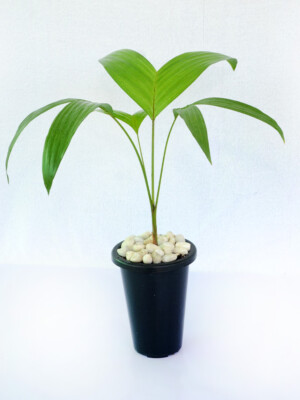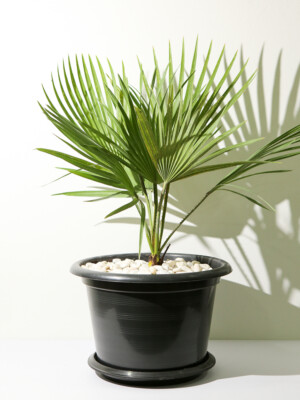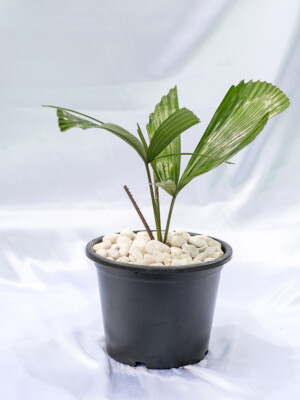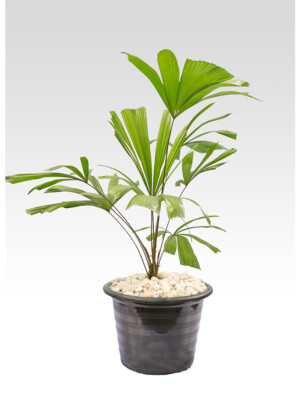Pot:
Ø10
Height:
30/40 (M)
Hardiness:
Not Hardy
Watering:
Low
Sunlight:
Low
Pot:
Ø10
Height:
30/40 (M)
Hardiness:
Not Hardy
Watering:
Low
Sunlight:
Low
$38.90
Share:
Product Overview:
How to Care for Your:
Pinanga scortechinii
Pot:
Available in pot sizes of Ø10cm.
Height:
Choose between 30/40 (M)cm. tall plants.
Hardiness:
Not Hardy
Watering:
Low
Sunlight:
Low
Pot:
Ø10
Height:
30/40 (M)
Hardiness:
Not Hardy
Watering:
Low
Sunlight:
Low
Pinanga scortechinii is a slender, clumping palm species belonging to the Arecaceae family, native to the tropical rainforests of Southeast Asia. Commonly found in the understory of lowland and hill forests, this palm thrives in warm, humid environments with filtered light, making it well-suited for shaded gardens and conservation landscapes.
This species is known for its elegant, clustering growth habit, forming multiple thin, smooth, and ringed stems that can reach moderate heights. The stems are typically green but may develop a brownish hue with age. Its pinnate leaves are long, gracefully arching, and composed of numerous narrow, lanceolate leaflets arranged along a central rachis. The deep green foliage gives Pinanga scortechinii a refined, feathery appearance and adding to its ornamental value.
The palm produces inflorescences that emerge from the leaf axils, bearing small, delicate flowers. These flowers eventually develop into attractive, oval-shaped fruits that transition from green to bright red or orange upon maturity. The fruits serve as an important food source for birds and small mammals, playing a vital role in seed dispersal and forest regeneration.
Adapted to the humid understory, prefers well-draining, organic-rich soil and thrives in partial to full shade. It requires consistent moisture but does not tolerate prolonged waterlogging. Due to its adaptability and aesthetic appeal, it is cultivated in tropical gardens, used in landscaping, and maintained as a potted specimen in controlled environments.
Despite its resilience, faces threats from habitat destruction, deforestation, and land conversion for agriculture. Conservation initiatives, including habitat protection and ex-situ cultivation in botanical gardens, are essential for safeguarding this species.
With its delicate foliage, graceful form, and ecological importance, Pinanga scortechinii is a valuable addition to both natural and cultivated landscapes. Its presence enhances biodiversity, provides habitat for wildlife, and contributes to the stability of tropical forest ecosystems, making it a significant species for botanists, conservationists, and plant enthusiasts.
Related
Instagram Feeds









